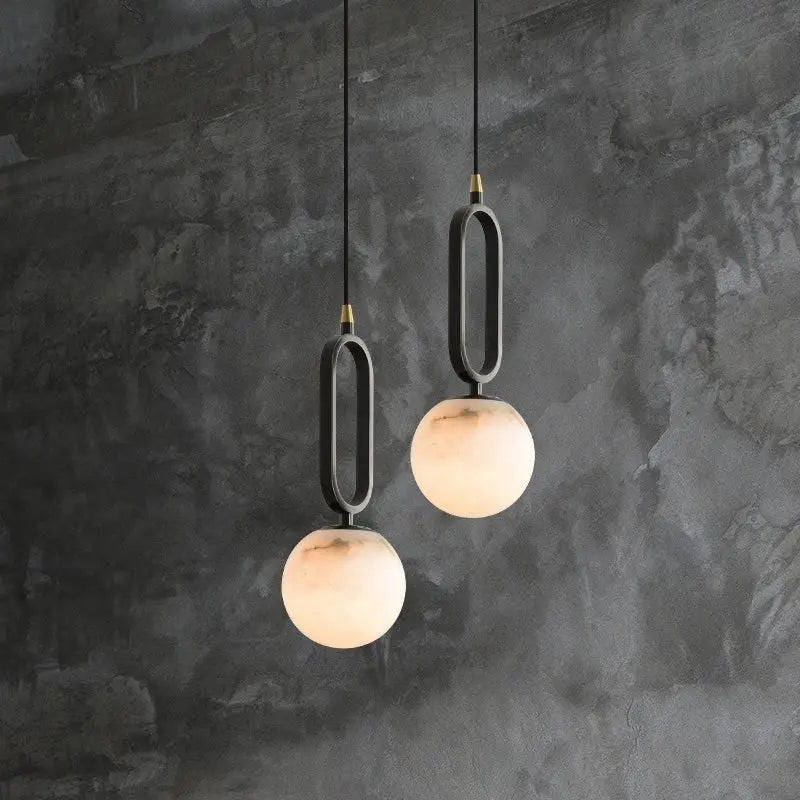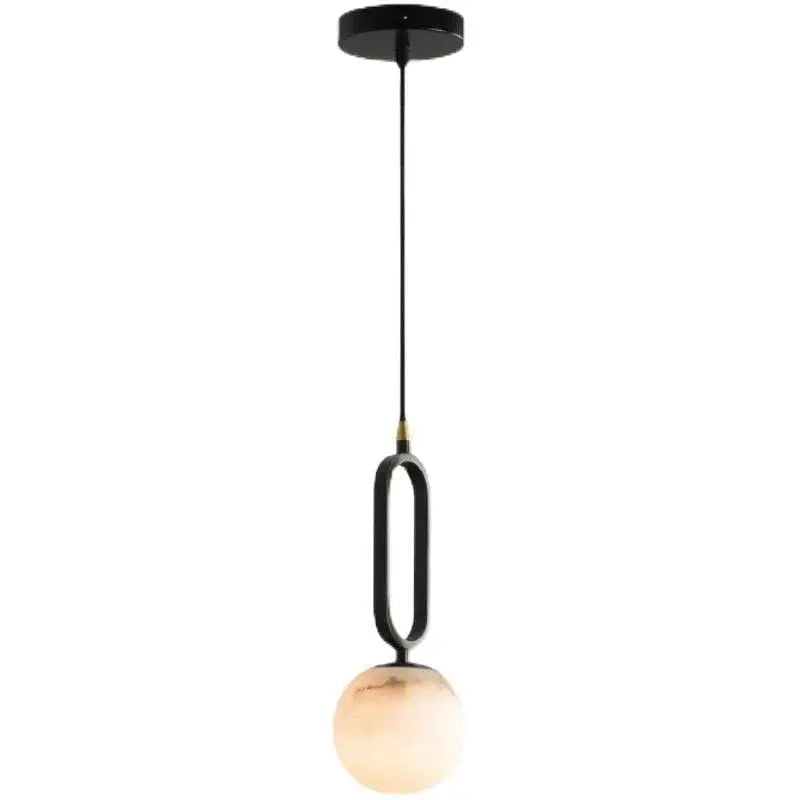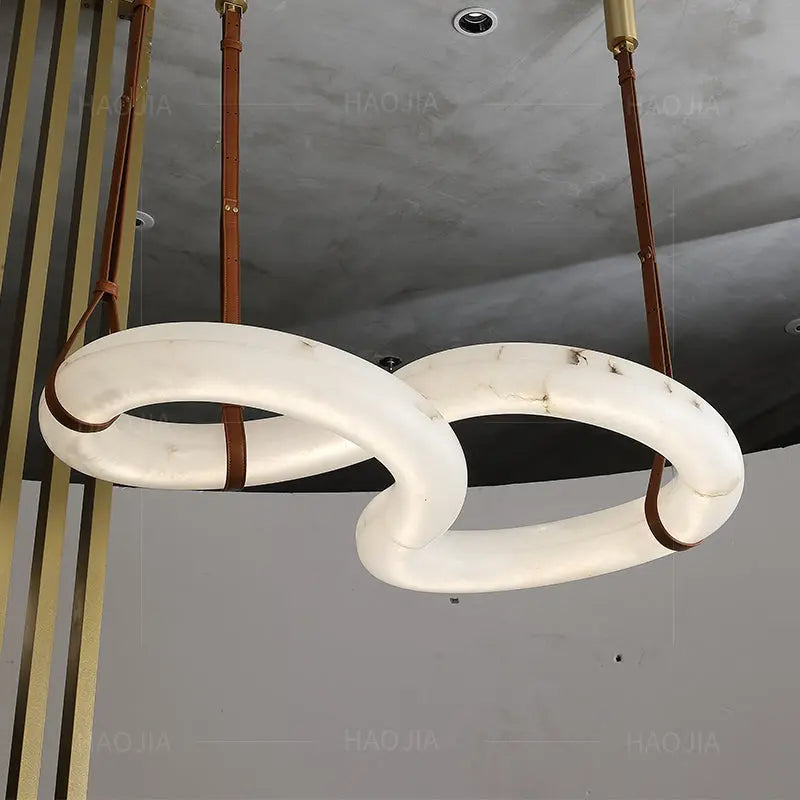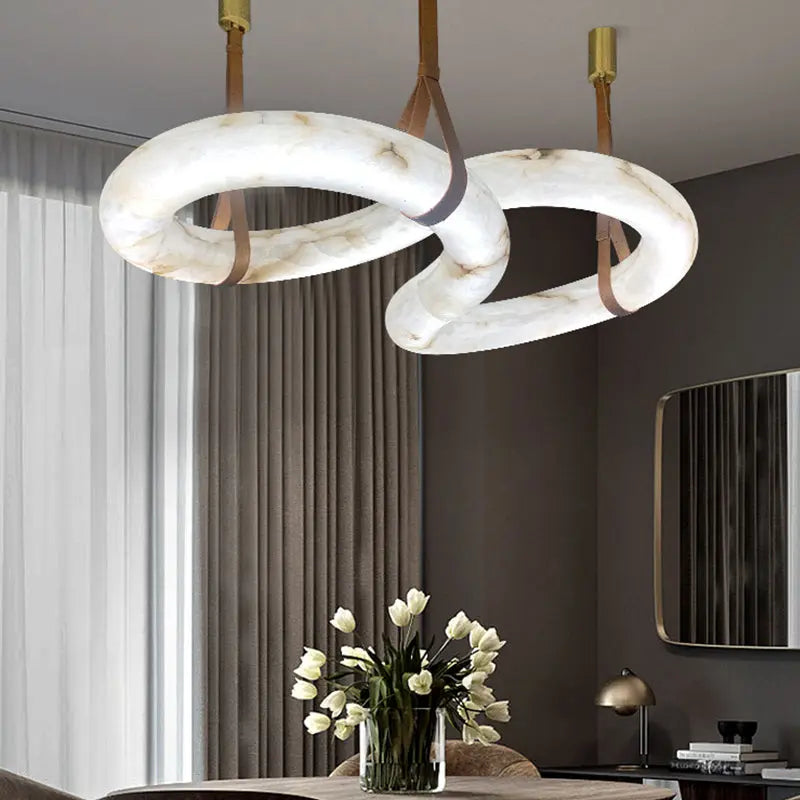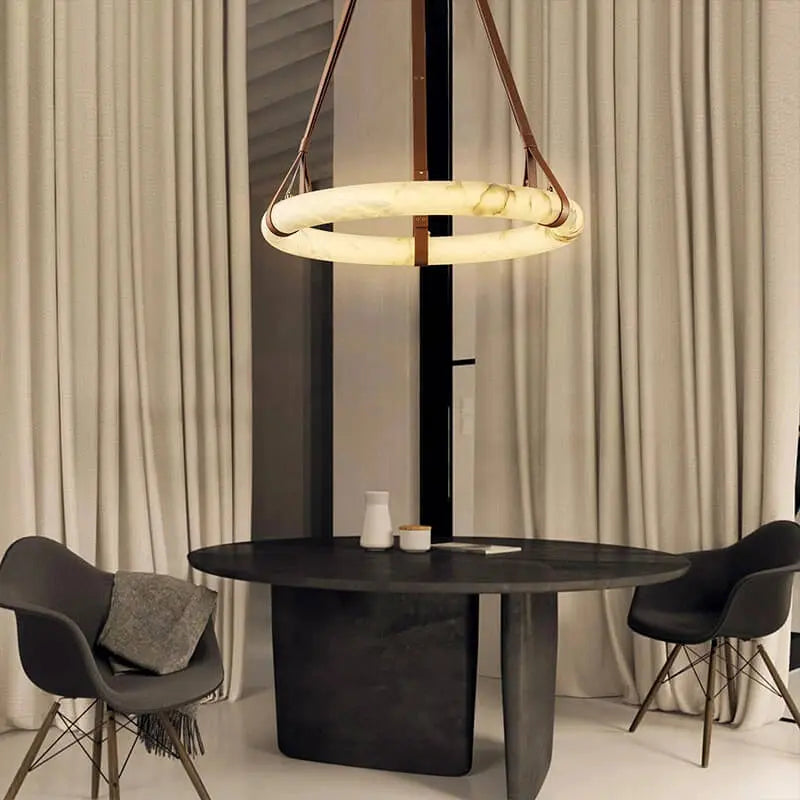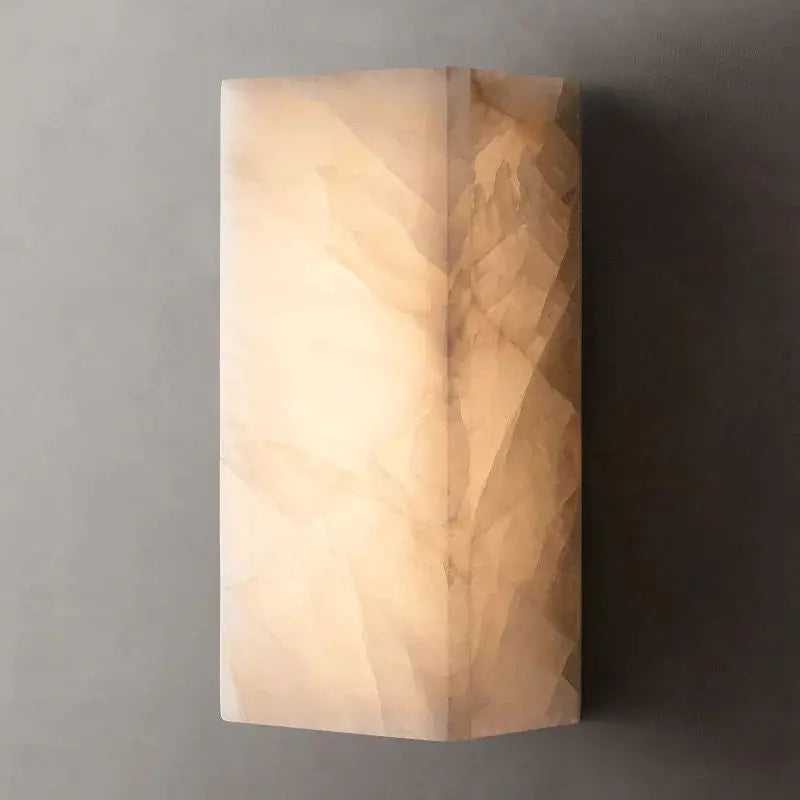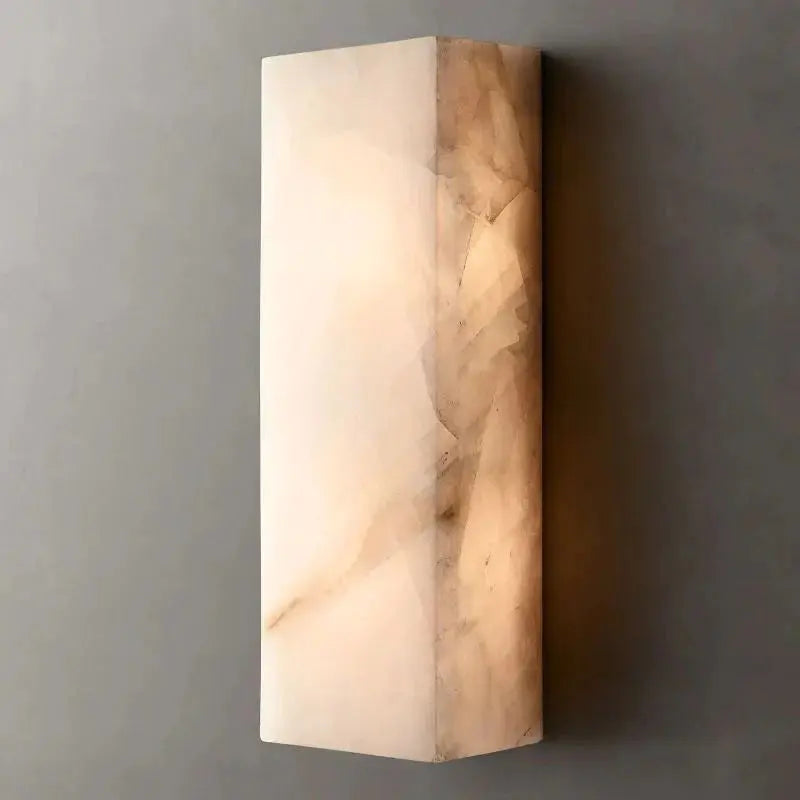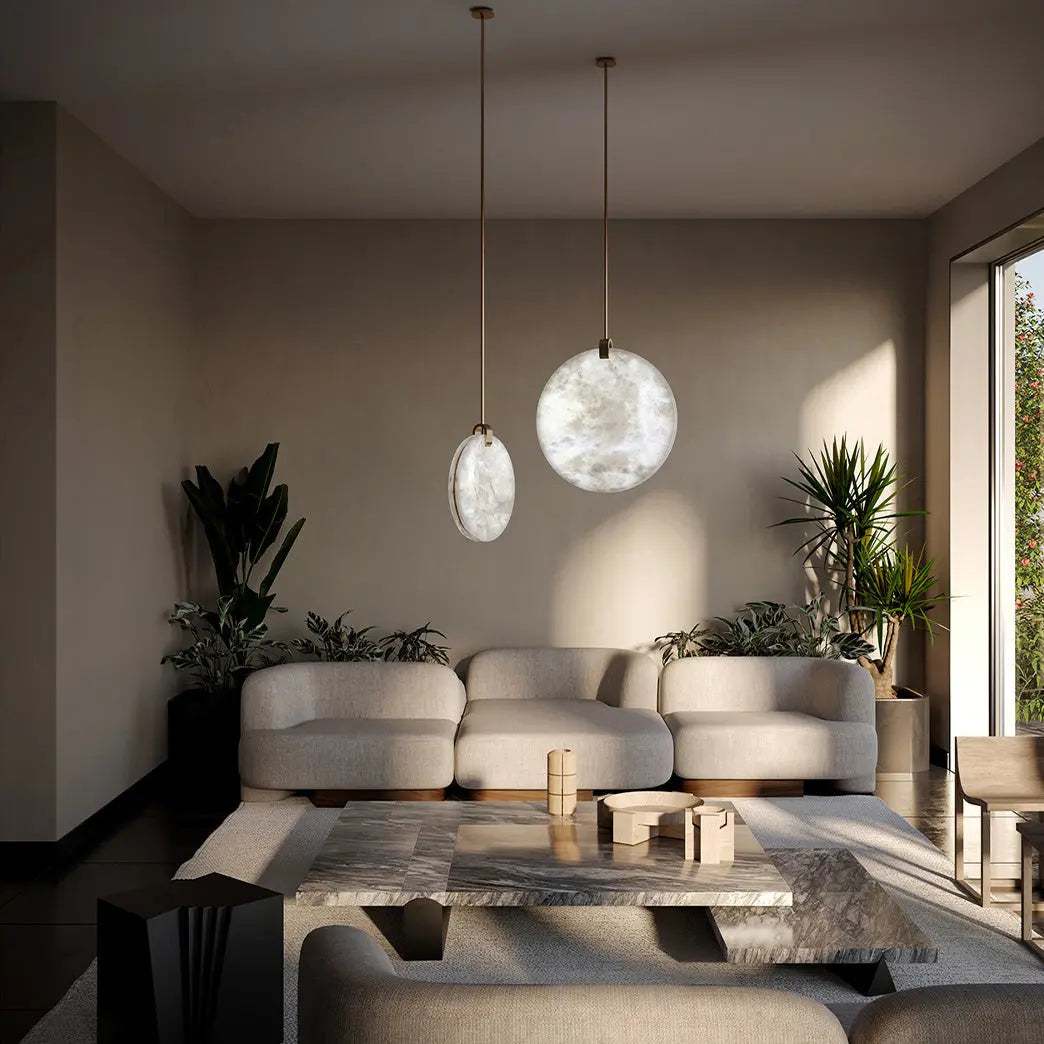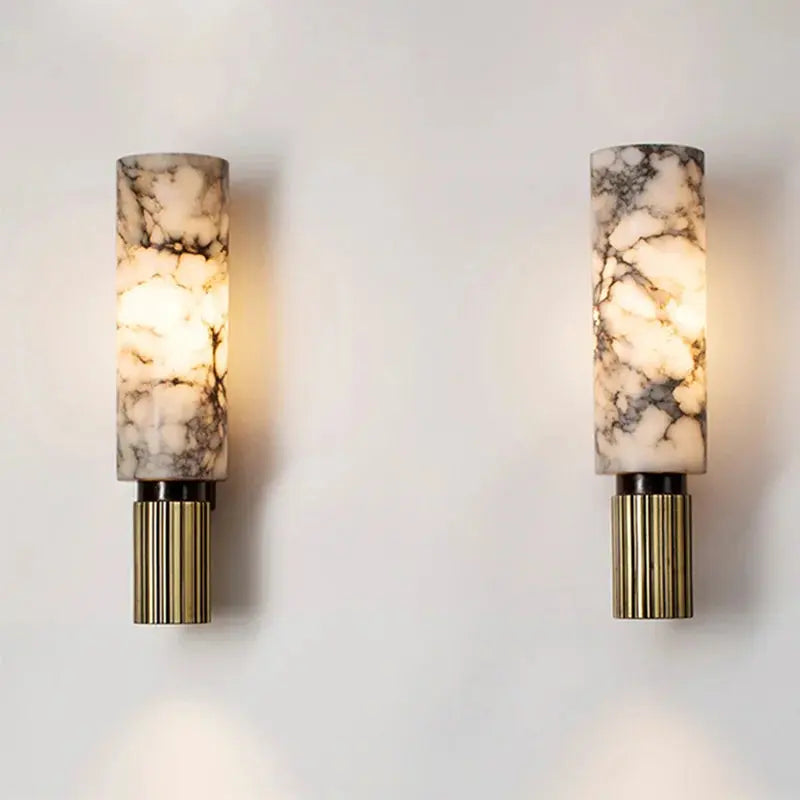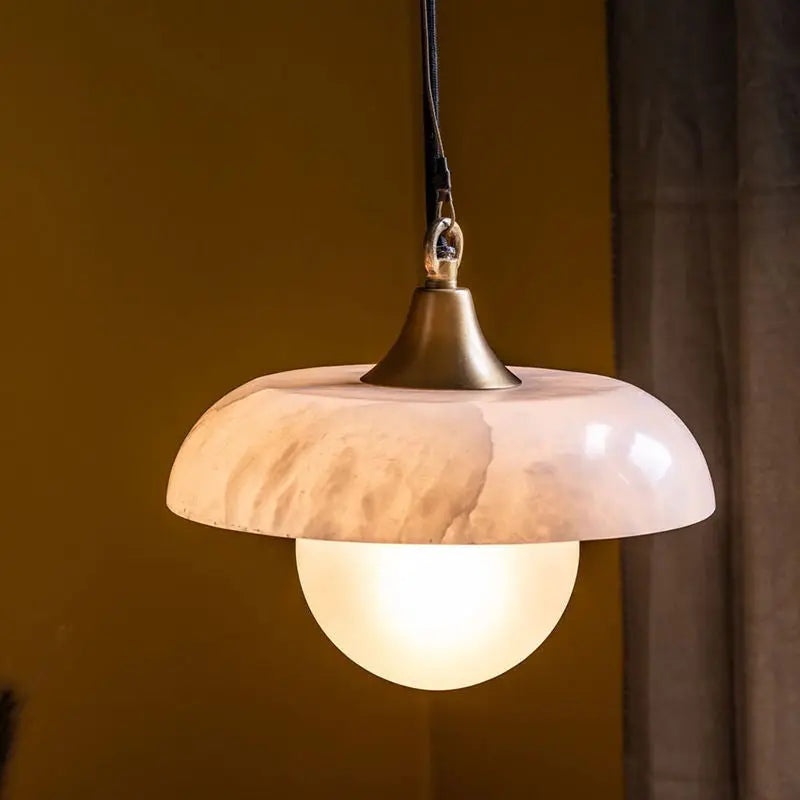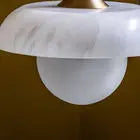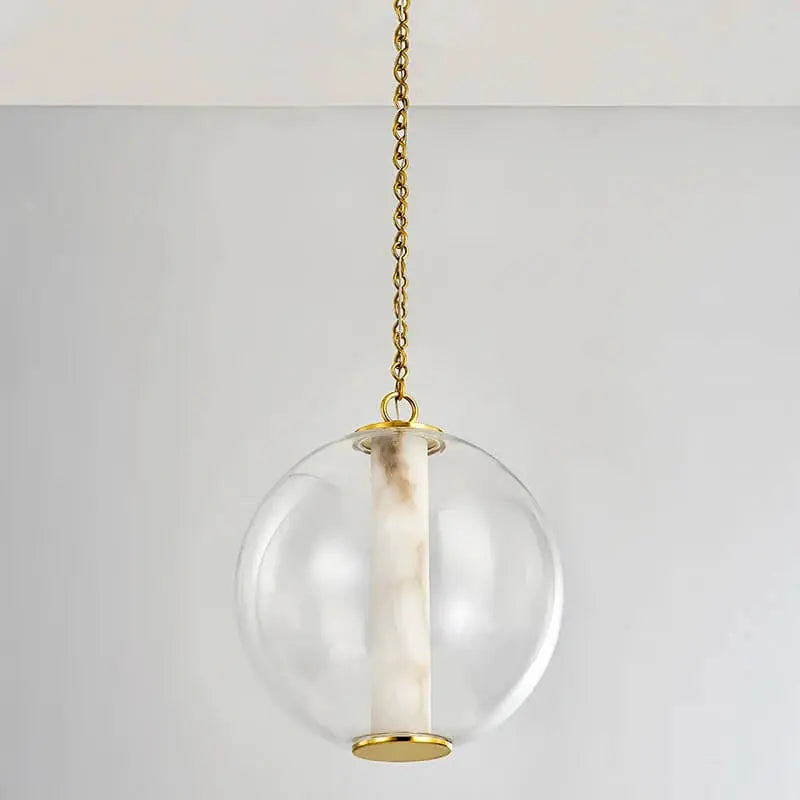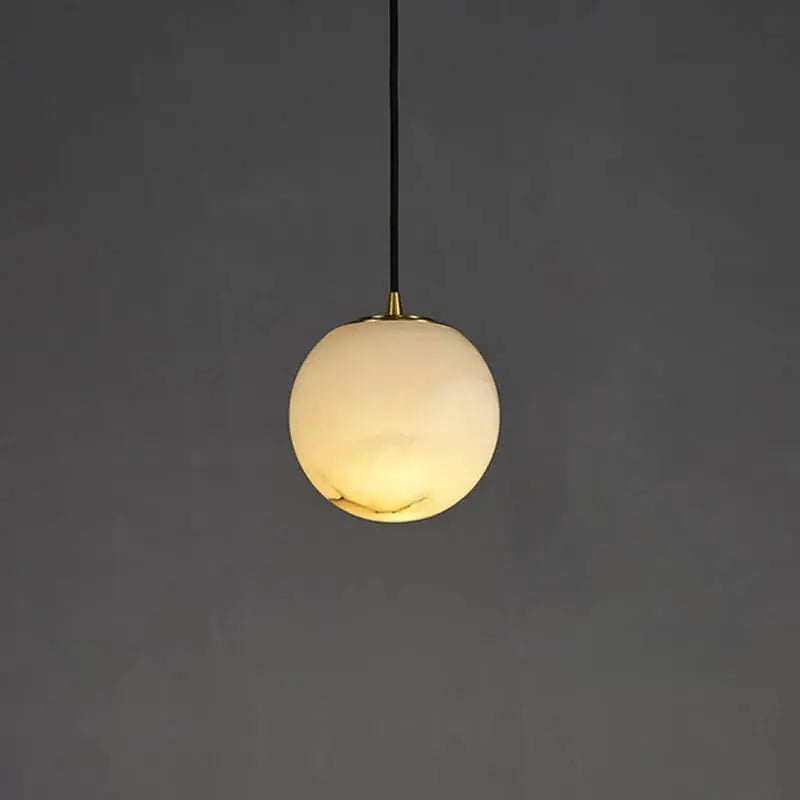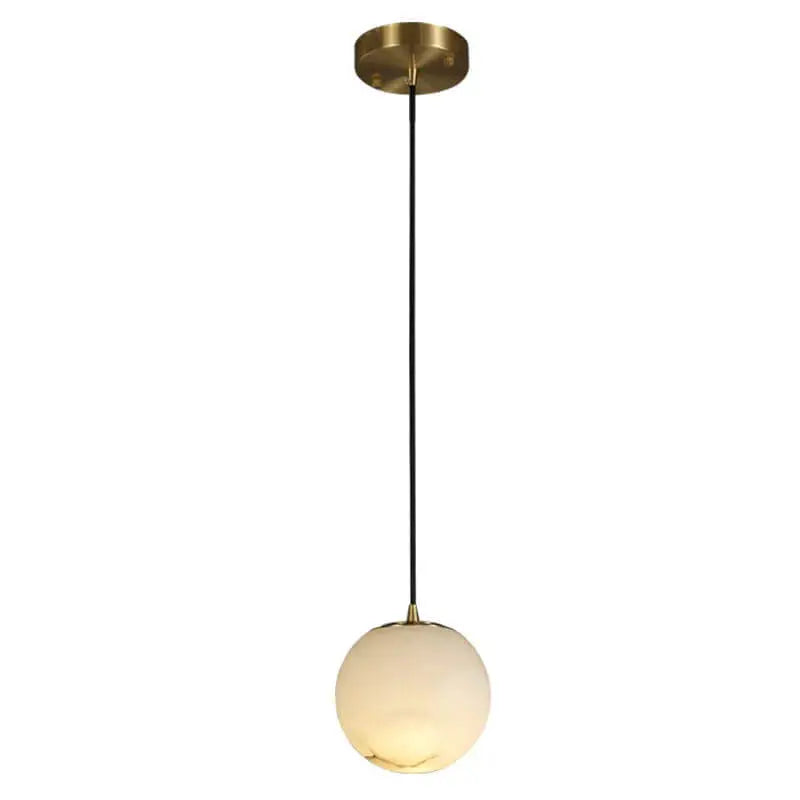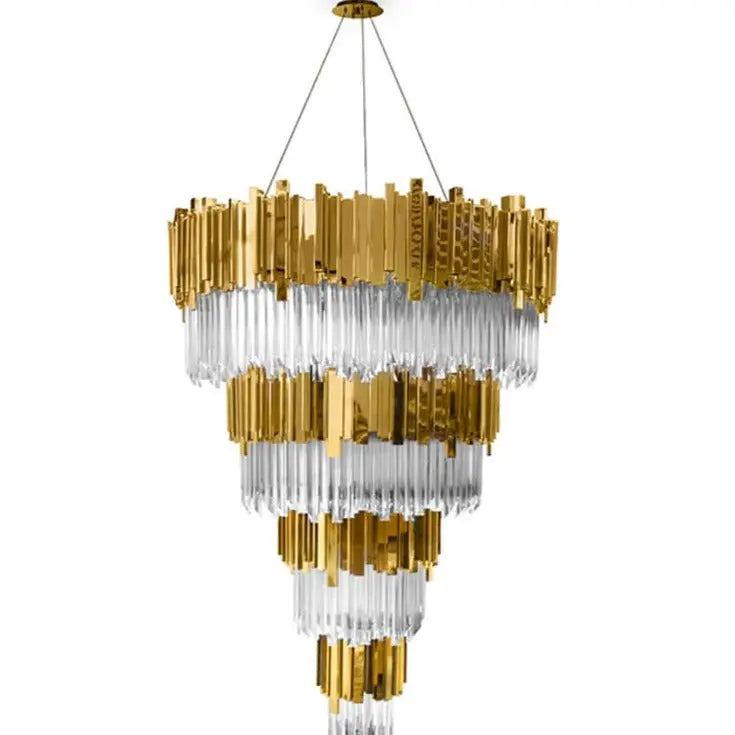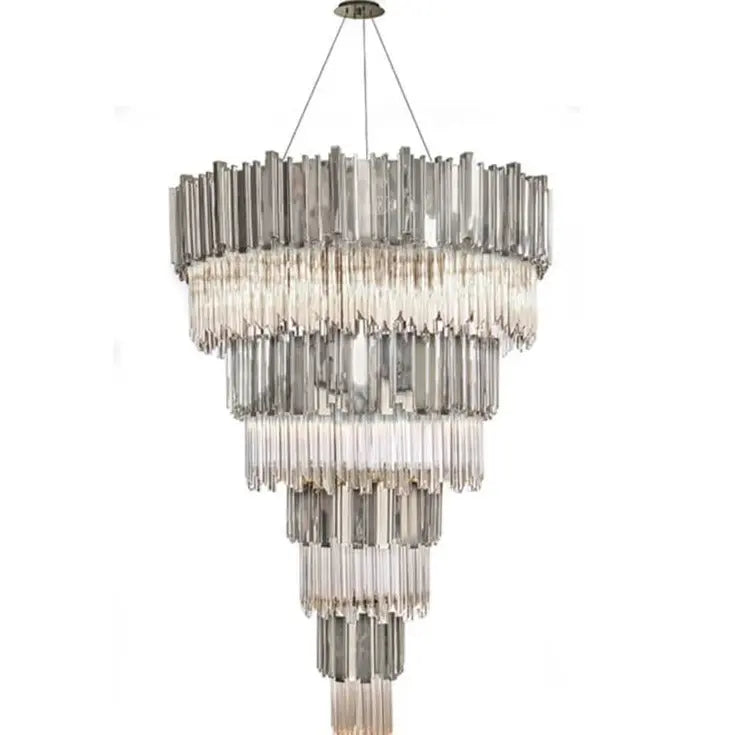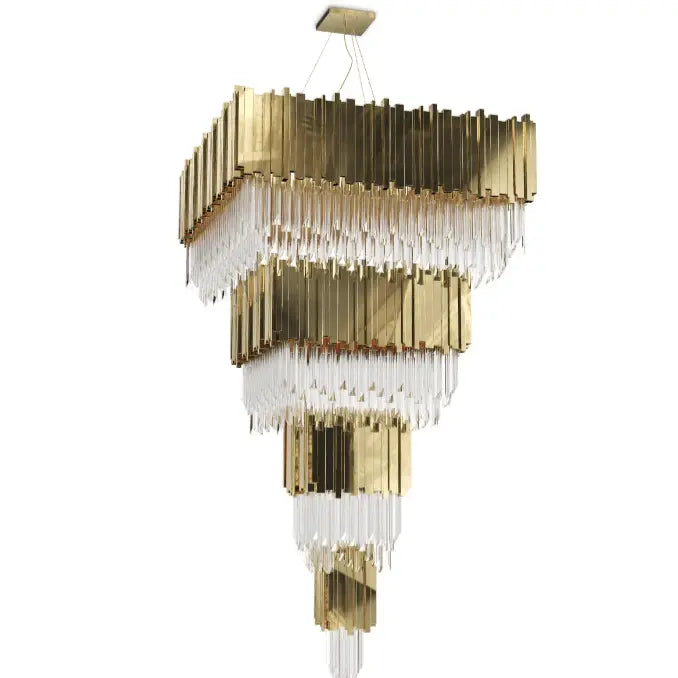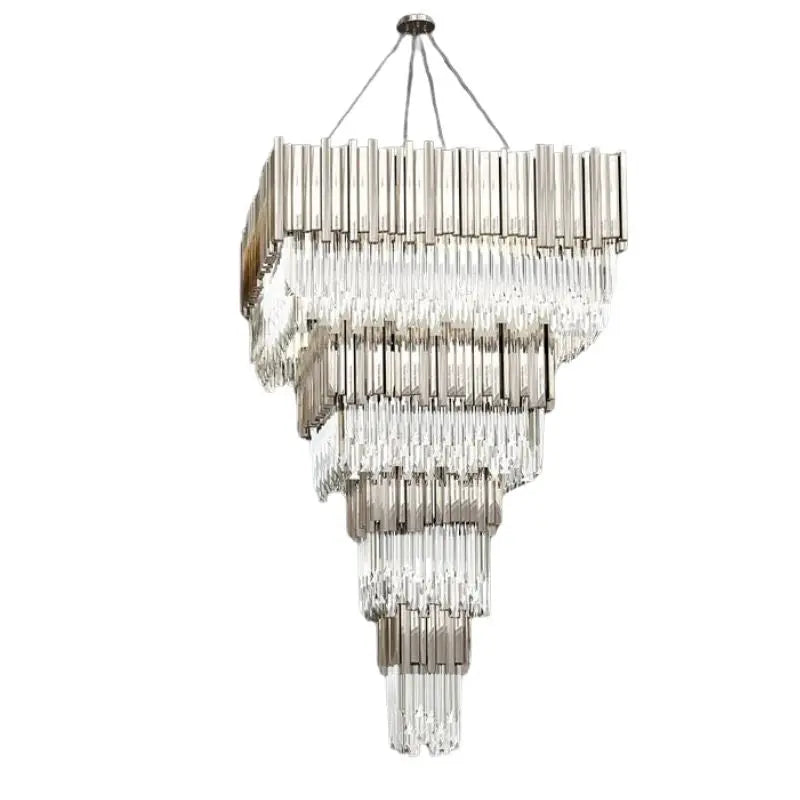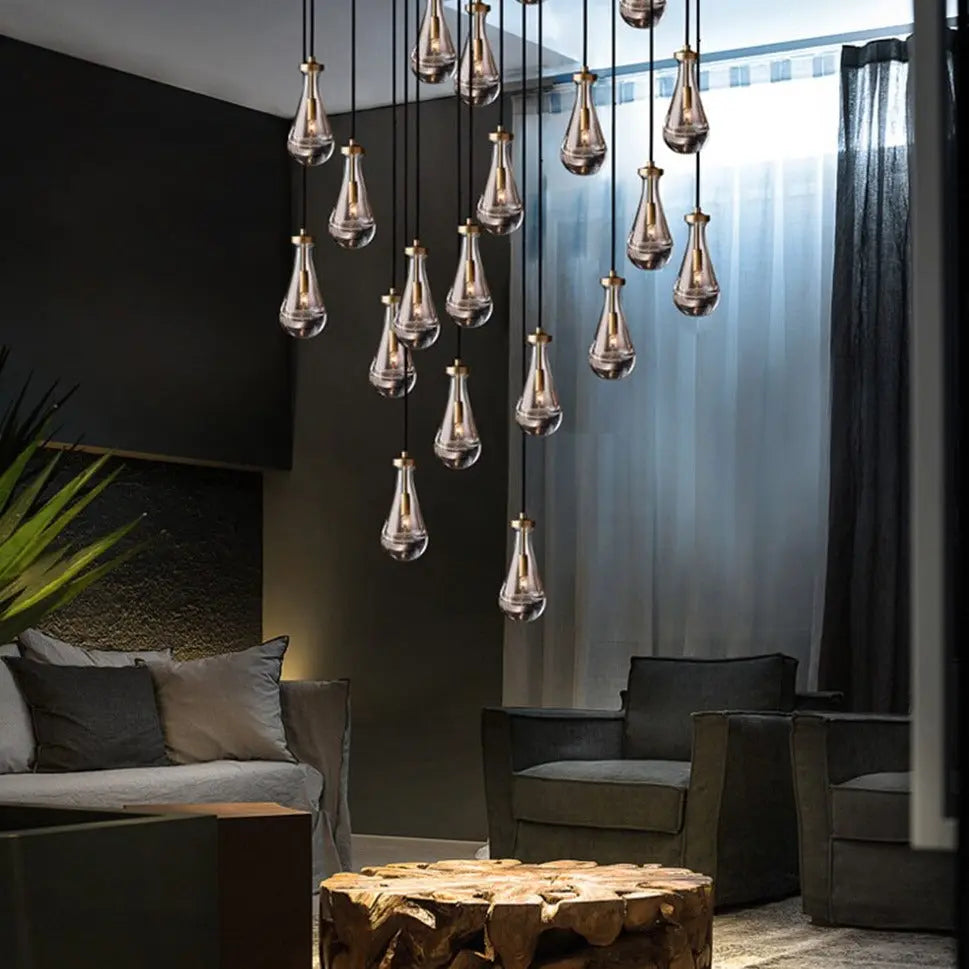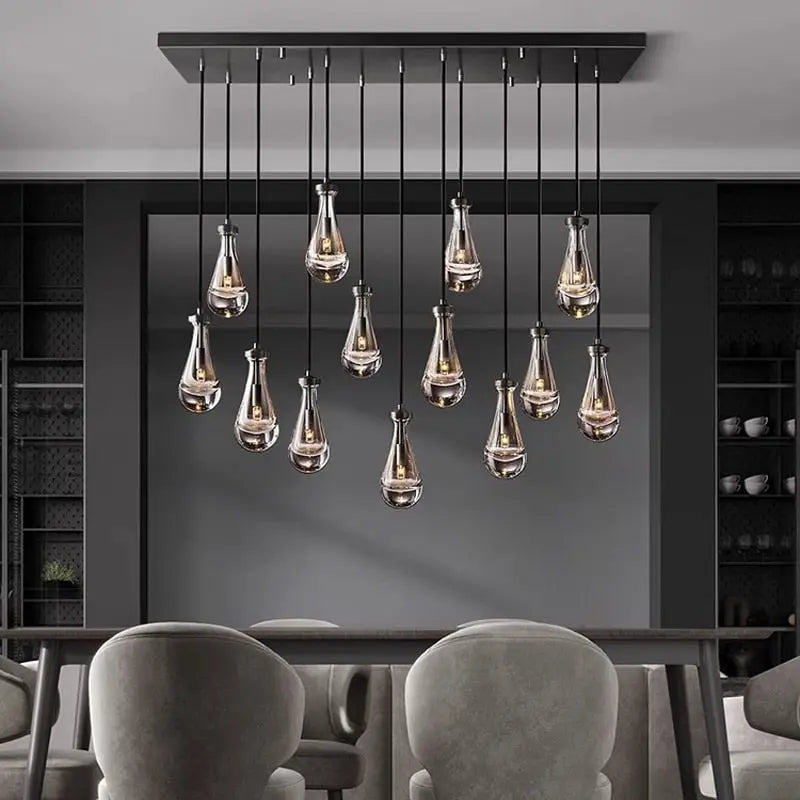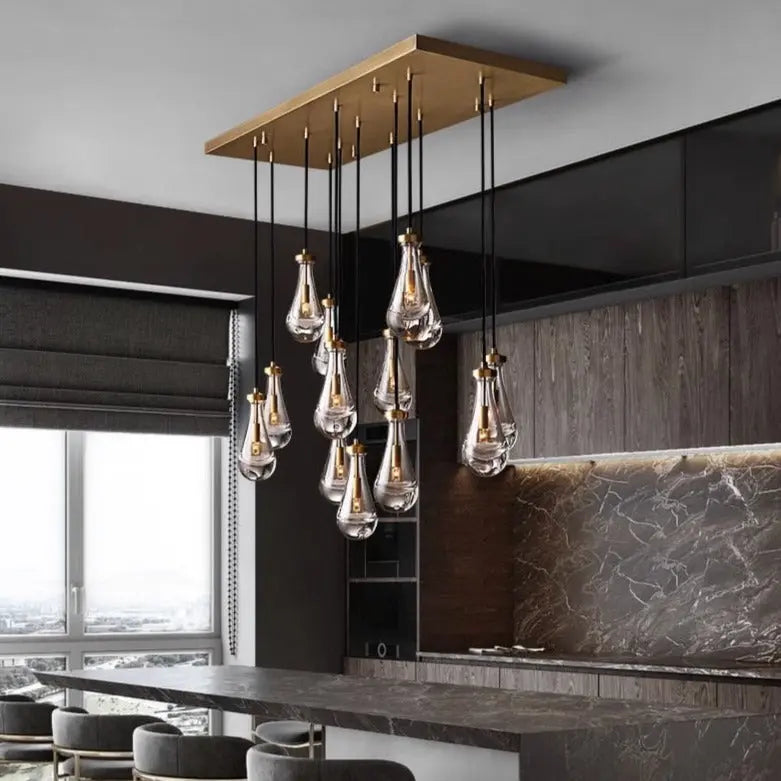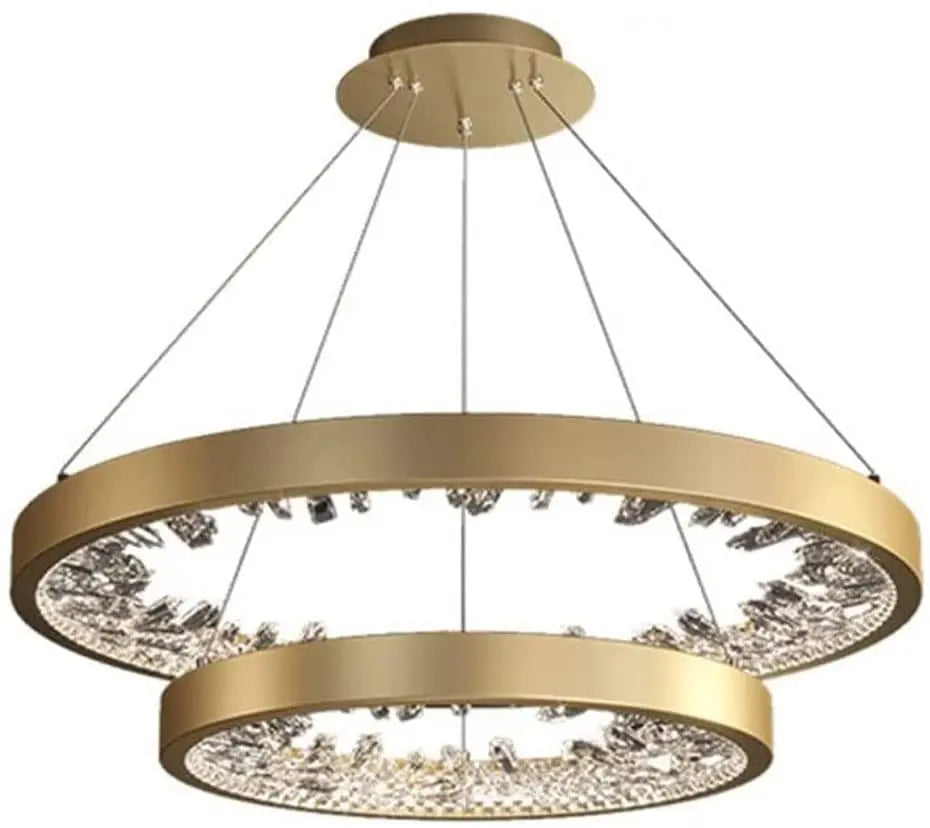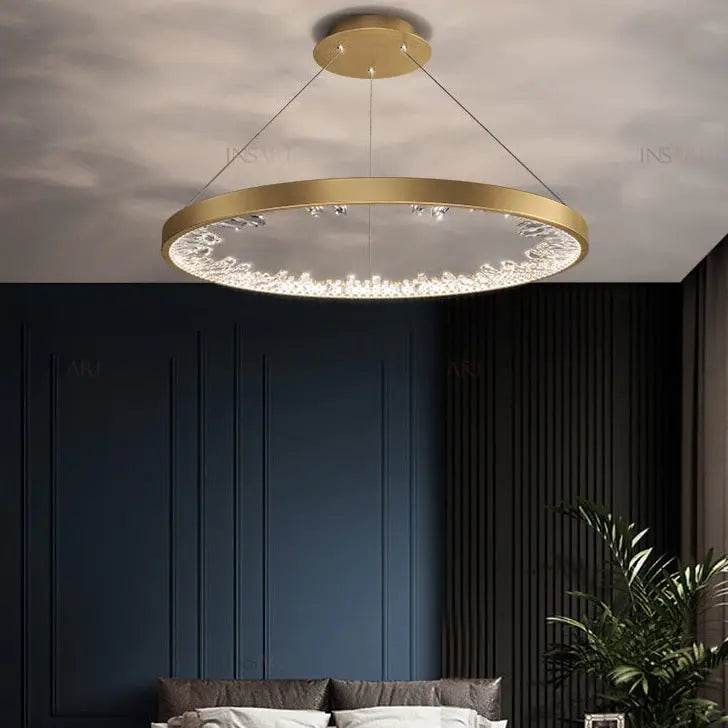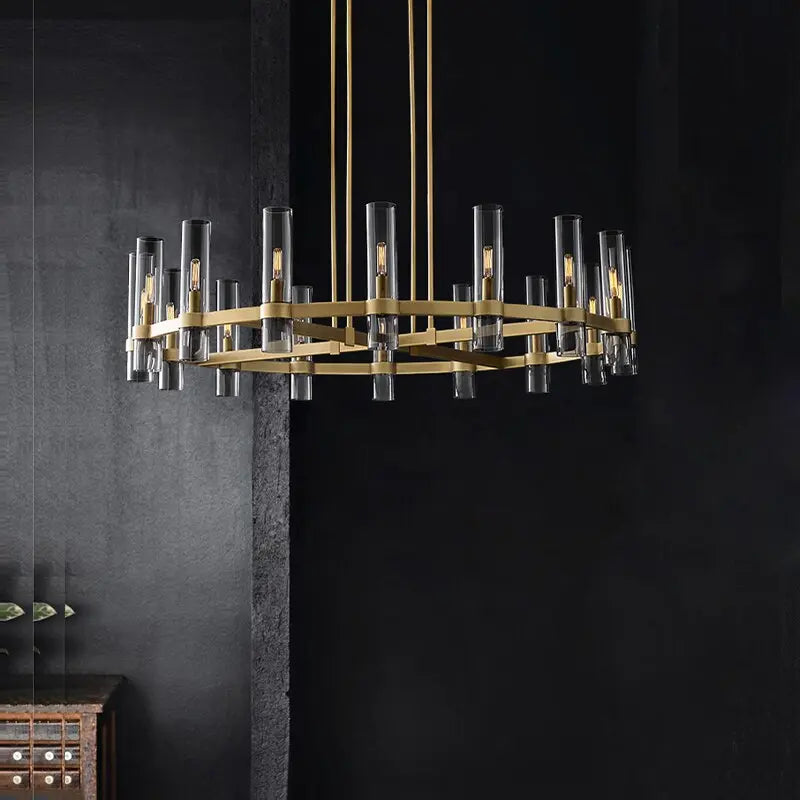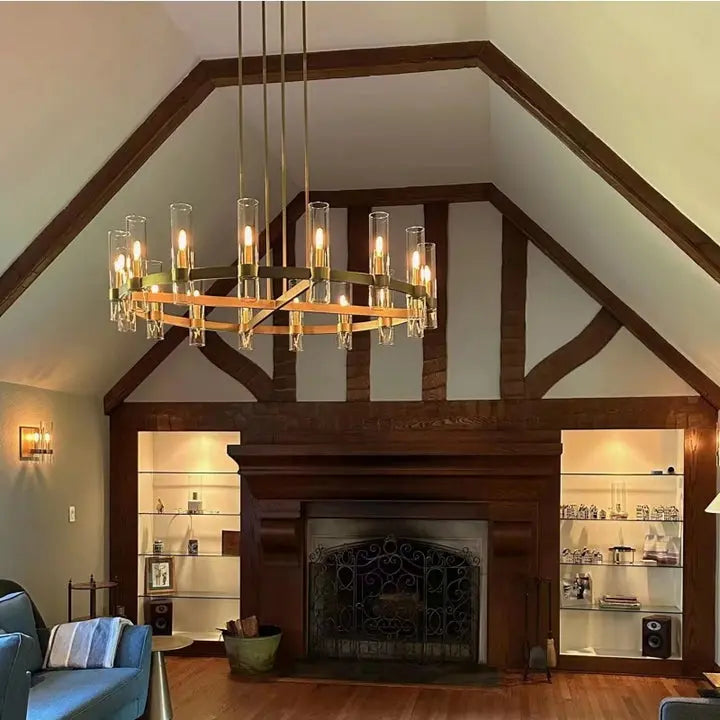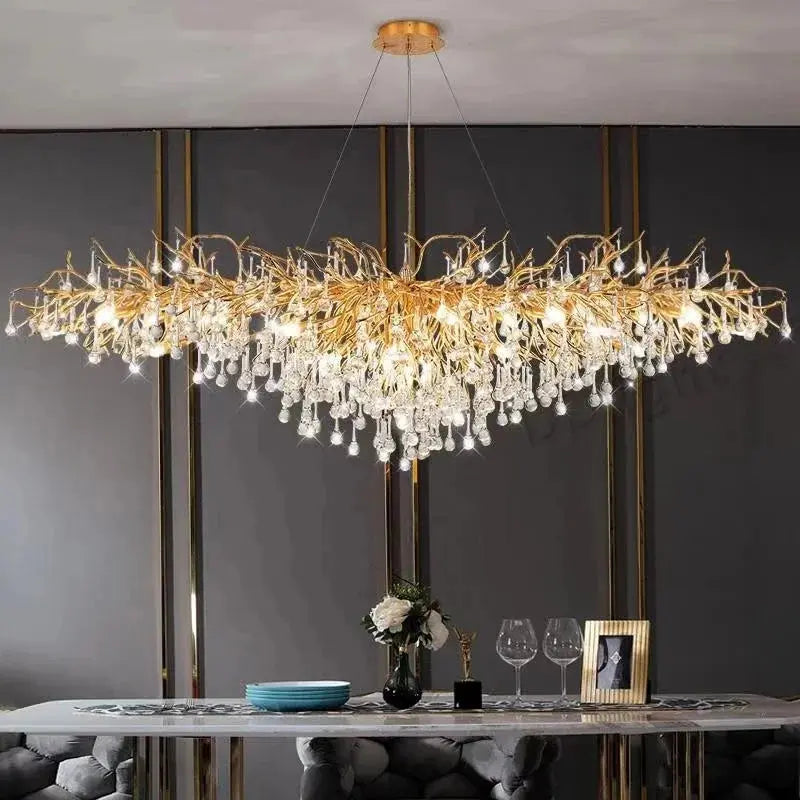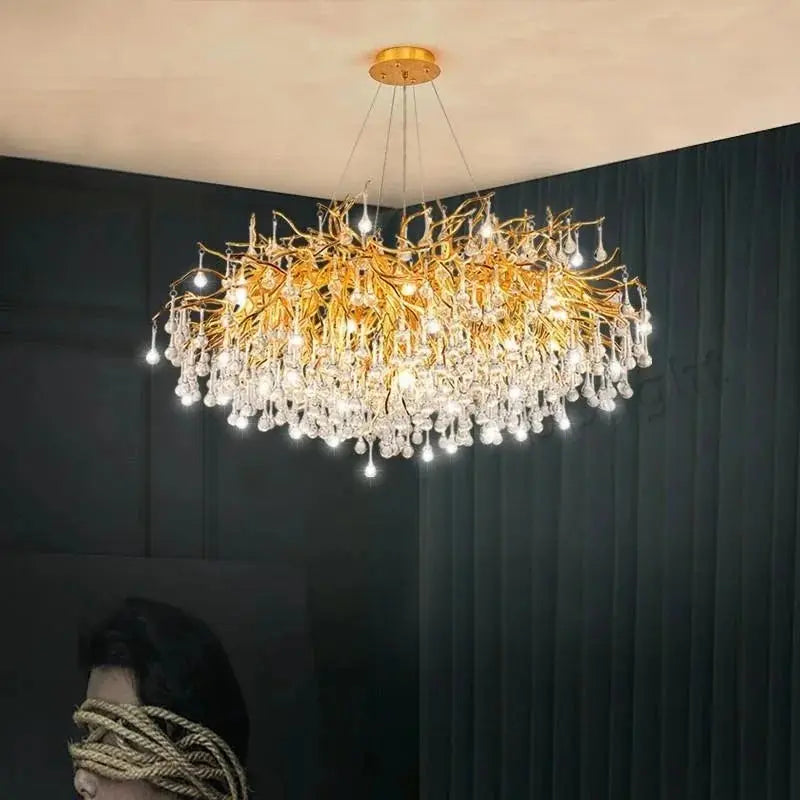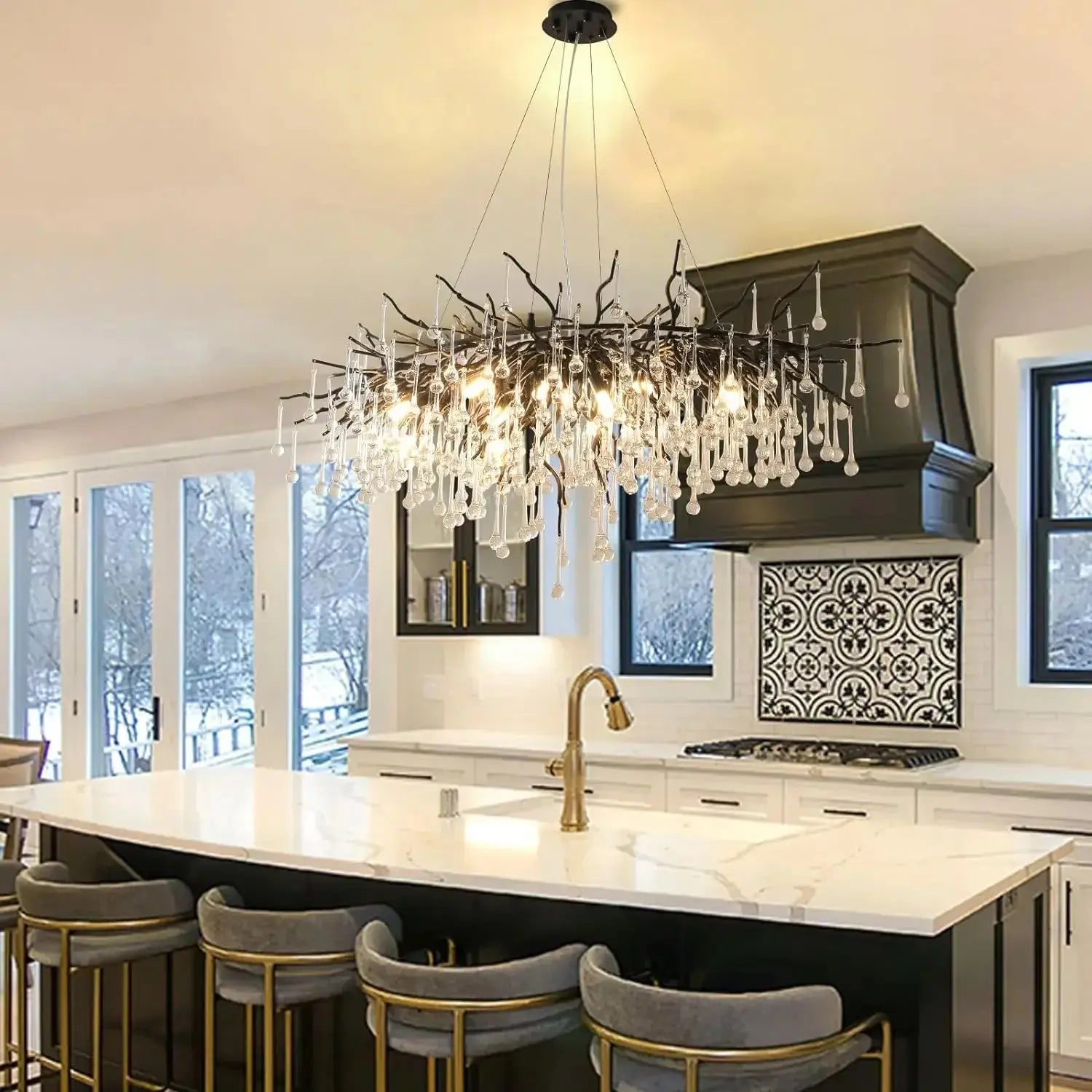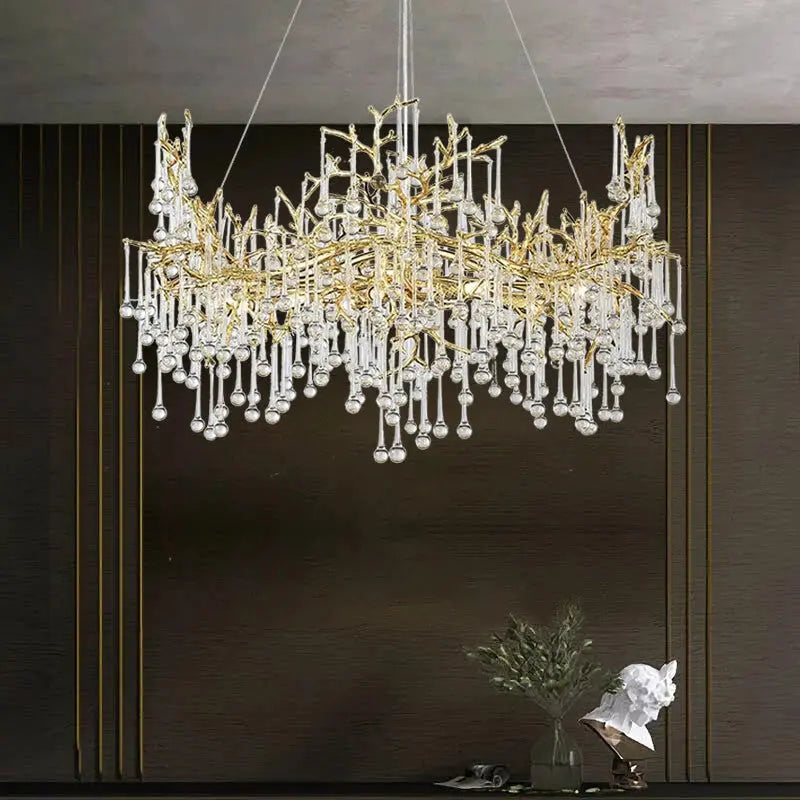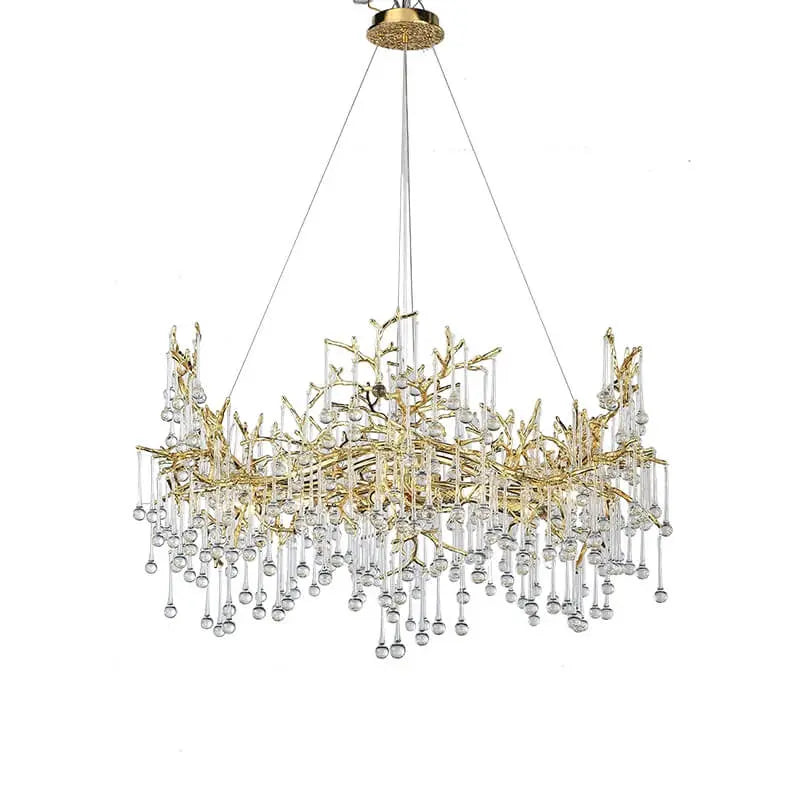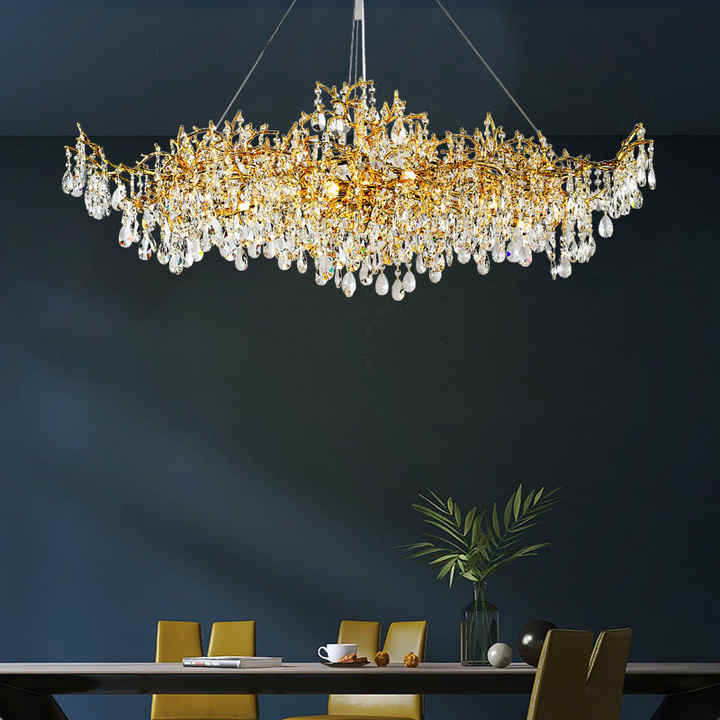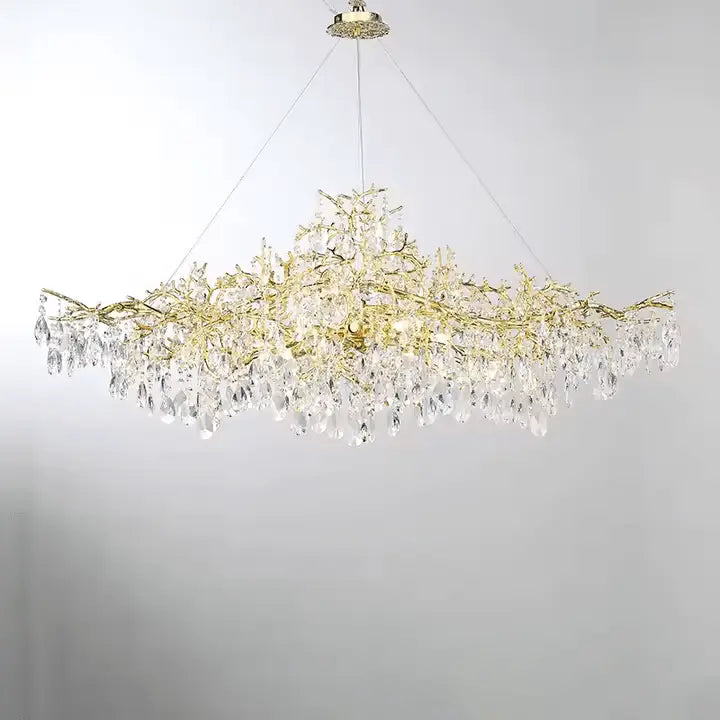Picking out a new sectional sofa for your home can feel like a big deal. It's not just some piece of furniture; it's often the main attraction in your living area, a spot where everyone gathers, relaxes, and hangs out. With so many choices out there, from different sizes to various styles, it's easy to get a little lost. But don't worry, this guide is here to help you figure out exactly what you need so you can pick the perfect sectional sofa that fits your space and your life.
Key Takeaways
- Always measure your room carefully before looking at sectionals.
- Think about how you use your living space to pick the right sectional shape.
- Choose a style that matches your home's overall look.
- Focus on good quality materials for comfort and how long the sectional will last.
- Don't forget to set a budget and stick to it when buying your sectional sofa.
Understanding Your Space Requirements
Before you even start browsing online or visiting furniture stores, it's super important to get a handle on your room's dimensions. A sectional is a big investment, and you want to make sure it actually fits and works with your space, not against it. I can't stress this enough – measure twice, buy once!
Measuring for the Perfect Fit
Okay, so grab your measuring tape. Don't just eyeball it! Measure the length and width of the area where you plan to put the sectional. Think about the depth too – how far out into the room will it extend? Write these measurements down! It's also a good idea to mark the area on the floor with painter's tape to get a visual idea of the sectional's footprint. This helps avoid that sinking feeling when you realize your dream sofa is way too big.
Optimizing Layouts for Traffic Flow
It's not just about fitting the sectional in; it's about how you move around it. You don't want to be squeezing past the sofa every time you need to get to the kitchen! Consider the room dimensions and how people naturally walk through the room. Leave enough space for walkways, doorways, and other furniture. A good rule of thumb is to have at least 2-3 feet of clearance for major pathways. If you have a smaller space, think about a sectional with a lower profile or a smaller footprint to maximize flow.
Considering Room Dimensions and Existing Furniture
Think about what else is already in the room. Do you have a coffee table? A TV stand? Bookcases? You need to make sure the sectional complements these pieces, not competes with them. Consider the style and scale of your existing furniture. A huge, modern sectional might look out of place next to a delicate, antique coffee table. Also, think about the height of the sectional in relation to other items. You want to create a balanced and harmonious look. For compact spaces, opt for a minimalist design, while larger areas can accommodate expansive modular sectionals. Choosing the right sectional sofa can elevate your home.
It's easy to get caught up in the excitement of buying a new sofa, but taking the time to properly assess your space will save you a lot of headaches (and potentially return shipping fees) in the long run. Trust me, a little planning goes a long way!
Here's a quick checklist to keep in mind:
- Measure the room's length, width, and height.
- Mark the sectional's footprint with painter's tape.
- Consider traffic flow and leave adequate walkways.
- Factor in existing furniture and their dimensions.
Selecting the Ideal Sectional Configuration

Choosing the right sectional configuration is key to maximizing both comfort and space. It's not just about how many people you can fit, but also about how the sectional integrates with your room's layout and your lifestyle. Let's explore some popular options.
L-Shape Sectionals for Corner Spaces
L-shaped sectionals are fantastic for making the most of corners. They create a natural division in a room, defining the seating area without feeling closed off. These are especially useful in smaller living rooms or open-concept spaces where you want to delineate a specific zone. They offer ample seating while leaving the rest of the room open for other furniture or activities. Think about the direction of the "L" – which side is longer? This can impact traffic flow and how the sectional interacts with other elements in the room. An L-shape sectional is a great way to utilize corner spaces effectively.
U-Shape Sectionals for Large Gatherings
If you frequently host large gatherings or have a big family, a U-shaped sectional might be the perfect choice. These sectionals provide a ton of seating and create a cozy, conversational atmosphere. However, they do require a significant amount of space, so they're best suited for larger living rooms. Consider the depth of the sectional as well – a deeper sectional will take up more floor space. Also, think about how people will enter and exit the seating area; you don't want anyone to feel trapped in the middle!
Chaise Designs for Enhanced Comfort
Chaise sectionals offer a more relaxed and casual seating option. The chaise lounge provides a comfortable spot to stretch out and relax, making it ideal for movie nights or afternoon naps. These sectionals are great for smaller spaces where you want to maximize comfort without overwhelming the room. You can find chaise sectionals in various configurations, including L-shapes and even modular designs. Think about which side you want the chaise on – left-facing or right-facing – to best suit your room's layout and your personal preferences.
When choosing a sectional configuration, consider your lifestyle and how you plan to use the space. Do you need maximum seating for large gatherings, or are you looking for a cozy spot to relax and unwind? The right configuration can transform your living room into a comfortable and inviting space for everyone.
Choosing the Right Sectional Style
Choosing a sectional isn't just about size and shape; it's also about style! You want something that fits your personal taste and complements your home's overall vibe. Let's explore some popular sectional styles:
Modern and Minimalist Designs
Modern and minimalist sectionals are all about clean lines, simple shapes, and a focus on functionality. These sectionals often feature neutral colors like gray, white, or beige, and they avoid excessive ornamentation. Think sleek silhouettes and low profiles. They're perfect if you're going for a contemporary, uncluttered look. These designs often use materials like metal or light wood for legs and frames. If you're into a less-is-more aesthetic, this style is definitely worth considering. You can find great modern designs online.
Traditional and Classic Aesthetics
Traditional sectionals bring a sense of timeless elegance to your living room. These designs often incorporate details like rolled arms, tufted cushions, and nailhead trim. Fabrics tend to be richer, with options like velvet, leather, or patterned upholstery. Colors might include deep blues, greens, or warm browns. If your home has a more formal or classic feel, a traditional sectional can be a great fit. They're all about comfort and sophistication, creating a cozy and inviting atmosphere.
Contemporary and Transitional Options
Contemporary and transitional sectionals bridge the gap between modern and traditional styles. They offer a balanced look that's both stylish and comfortable. You'll find clean lines, but with softer edges and more relaxed silhouettes than strictly modern pieces. Fabrics can range from textured neutrals to subtle patterns, and colors are often muted and versatile. Transitional sectionals are a great choice if you want something that feels current but won't go out of style quickly. They blend well with a variety of decor styles, making them a flexible option for many homes. Here's a quick comparison:
| Feature | Contemporary | Transitional |
|---|---|---|
| Lines | Clean, defined | Softer, relaxed |
| Details | Minimal ornamentation | Subtle embellishments |
| Fabrics | Textured neutrals | Versatile patterns |
| Overall Feel | Modern, stylish | Balanced, timeless |
Choosing the right style is a personal decision. Consider your existing decor, your lifestyle, and your own preferences. Don't be afraid to mix and match elements from different styles to create a look that's uniquely yours. Think about the overall theme of your house.
Prioritizing Comfort and Durability

Let's be real, a sectional is a big investment. You want it to last, and you definitely want it to be comfy! It's not just about looks; it's about how it feels after a long day and how well it holds up to, well, life. Here's what to think about.
Assessing Cushion Firmness and Support
Cushions are where it's at. Too soft, and you'll sink in and never want to get up (maybe that's the point?). Too firm, and you might as well be sitting on the floor. Finding the right balance is key. Think about what you like. Do you want to feel like you're being hugged by your couch, or do you prefer a more supportive feel? Also, consider the fill. Foam, feathers, down, or a combo? Each has its own feel and level of support. Test out different options if you can.
- Foam: Good support, holds its shape well.
- Feathers/Down: Super soft, but requires more fluffing.
- Combination: A good compromise between support and softness.
Evaluating Frame Construction and Materials
The frame is the skeleton of your sectional, so you want it to be strong. Hardwood is generally the best choice, but engineered wood can also be good if it's well-made. Avoid anything made with cheap materials like particleboard; it won't last. Check the joints, too. Are they glued, screwed, or ideally, both? Corner blocks add extra stability. A solid frame means your sectional won't wobble or creak every time you sit down. Look for a durable sectional that can withstand daily use.
Understanding Upholstery Options for Longevity
The upholstery is what you see and feel, so it's important to choose wisely. Think about your lifestyle. Do you have kids or pets? If so, you'll want something durable and easy to clean. Performance fabrics are a great option; they're stain-resistant and hold up well to wear and tear. Leather is another good choice, but it can be more expensive. Natural fibers like cotton and linen are comfy, but they can stain more easily. Consider the best upholstery for your needs.
Choosing the right upholstery can significantly impact the lifespan of your sectional. Consider factors like stain resistance, durability, and ease of cleaning to ensure your investment lasts for years to come.
Smart Features and Functionality
Sectional sofas aren't just about seating anymore; they're evolving into multi-functional hubs for modern living. Let's explore some of the cool features you can find.
Sectionals with Built-In Storage
Who doesn't need more storage? Sectionals with built-in storage are a game-changer, especially if you're tight on space. Think about it: blankets, pillows, remotes, books – all neatly tucked away within your sofa. Some designs feature lift-up seats, while others have drawers built into the base or even hidden compartments in the armrests. It's a fantastic way to declutter your living room and keep things organized. I've seen some really clever designs that maximize every inch of space. You can find shelf storages in some models.
Modular Designs for Adaptability
Modular sectionals are all about flexibility. These sofas come in separate pieces that you can rearrange to fit your changing needs. Need a bigger sofa for a party? Just add more sections. Want to create a cozy reading nook? Reconfigure the pieces to form a smaller seating area. This adaptability makes modular sectionals a great investment for anyone who likes to switch things up or anticipates moving in the future. Plus, if one section gets damaged, you can replace just that piece instead of the entire sofa.
Reclining and Adjustable Components
For the ultimate in relaxation, consider a sectional with reclining and adjustable components. Power recliners let you adjust your seating position with the touch of a button, while adjustable headrests provide customized neck and head support. Some sectionals even have built-in USB ports and cupholders, so you can charge your devices and keep your drinks within easy reach. It's like having your own personal home theater! I think extendable tables are a great addition to these types of sectionals.
I recently saw a sectional with built-in massage features. It was a bit pricey, but the thought of coming home after a long day and sinking into a massage sofa was incredibly appealing. It really highlights how far sectional sofas have come in terms of combining comfort and technology.
Here's a quick look at some common smart features and their benefits:
- Built-in Storage: Maximizes space, reduces clutter.
- Modular Design: Adaptable to different room layouts, easy to move.
- Reclining Seats: Enhanced comfort, customizable positions.
- USB Ports/Outlets: Convenient charging for devices.
- Cupholders: Prevents spills, keeps drinks handy.
Budgeting for Your Sectional Sofa
Setting a Realistic Price Range
Okay, so you're ready to buy a sectional. Awesome! But before you get too excited looking at all those comfy couches, let's talk money. It's super important to figure out how much you can actually spend. Sectionals can cost anywhere from a few hundred bucks to several thousand, so having a price range in mind will seriously help narrow things down. Think about what you can comfortably afford without, you know, eating ramen for the next six months.
Balancing Quality with Cost
Now, here's the tricky part. You want a sectional that looks great and lasts, but you also don't want to break the bank. It's all about finding that sweet spot where quality meets affordability. Don't automatically assume the most expensive sectional is the best. Sometimes you're just paying for the brand name. Look at the materials, check out the frame construction, and read reviews. A little research can save you a lot of money and prevent buyer's remorse.
Investing in Long-Term Value
Think of your sectional as an investment. A cheap sectional might seem appealing now, but if it falls apart in a year or two, you'll end up spending more in the long run replacing it. It's often better to spend a bit more upfront on a durable sectional that will last for years. Consider things like the fabric (stain-resistant is a lifesaver if you have kids or pets!), the frame (hardwood is usually a good bet), and the cushion quality. A well-made sectional is something you'll enjoy for a long time, making it a worthwhile investment.
I remember when I bought my first sectional. I went for the cheapest option, and it looked great for about six months. Then the cushions started sagging, the fabric faded, and the frame started creaking. I ended up replacing it after just two years. Lesson learned: sometimes it's better to spend a little more for something that will last.
Accessorizing Your Sectional Sofa
Enhancing Comfort with Pillows and Throws
Okay, so you've got your sectional. Now what? It's time to make it yours. Think of pillows and throws as the jewelry of your living room. They're not just for looks; they're about adding layers of comfort and personality. Don't be afraid to mix and match patterns, colors, and textures. I like to swap mine out seasonally to keep things fresh. For example, in the fall, I bring out the chunky knit throws and warm-toned pillows. In the summer, it's all about light, airy fabrics and bright colors. It's a simple way to give your space a quick makeover. You can find some great accent pillows online or at your local home goods store.
Integrating with Area Rugs and Coffee Tables
An area rug can really tie the whole room together. It helps define the seating area and adds warmth underfoot. When choosing a rug, make sure it's large enough to anchor the sectional. Ideally, the front legs of the sectional should sit on the rug. As for coffee tables, they're not just a place to put your coffee (though that's important, too!). They're a focal point and a functional piece. Consider the shape and size of your sectional when choosing a coffee table. A round table can soften the lines of a more angular sectional, while a rectangular table works well with a classic L-shape. Don't forget about storage! A coffee table with shelves or drawers is a great way to keep clutter at bay. Pairing your coffee table with the right sectional is key.
Creating a Cohesive Living Space
It's all about balance. You want your sectional to feel like it belongs in the room, not like it's just been dropped in. Consider the existing colors and textures in your space. Do you want your sectional to blend in or stand out? If you're going for a more subtle look, choose accessories in similar tones to your walls and flooring. If you want to make a statement, go for bold colors and patterns. Don't forget about lighting! A well-placed lamp can highlight your sectional and create a cozy atmosphere. And finally, don't be afraid to experiment. It's your space, so have fun with it! Here are some things to keep in mind:
- Color Palette: Stick to a cohesive color scheme.
- Texture: Mix and match textures for visual interest.
- Scale: Choose accessories that are appropriately sized for your sectional and room.
Creating a cohesive living space is about more than just matching colors. It's about creating a feeling. It's about making your space feel like home. It's about surrounding yourself with things that you love and that make you feel good. So, take your time, experiment, and don't be afraid to break the rules. After all, it's your space, and you should make it your own.
Wrapping It Up: Finding Your Perfect Sectional
So, there you have it. Picking out a sectional for your place might seem like a big deal, but it doesn't have to be a headache. Just think about your room, what you like, and what you really need. If you keep those things in mind, you'll find a sectional that not only looks good but also feels just right for your home. It's all about making your living space comfy and stylish, and a good sectional can totally do that.
Frequently Asked Questions
How do I know what size sectional to buy for my living room?
Before buying a sectional, measure your room carefully. Think about where the sectional will go and how people will walk around it. Also, consider the size of any other furniture you already have in the room.
What are the main types of sectional shapes and which one is best for me?
Sectionals come in different shapes like L-shape, U-shape, or with a chaise. L-shapes are good for corners, U-shapes are great for big families, and chaises add extra comfort for lounging. Pick the one that fits how you use your space.
How do I choose a sectional style that matches my home?
The best style depends on your home's look. Modern sectionals have clean lines, while traditional ones are more classic. Pick a style that matches your existing decor and personal taste.
What should I look for to make sure a sectional is comfortable and will last a long time?
Look for good quality materials. The frame should be strong, usually made of solid wood. Cushions should feel comfy but also supportive. For the fabric, think about how much wear and tear it will get and if it's easy to clean.
Are there any special features I should consider when buying a sectional?
Some sectionals have cool features like hidden storage for blankets or remote controls. Others are modular, meaning you can move the pieces around, or they might recline for extra relaxation. Think about what features would make your life easier.
How much should I plan to spend on a good sectional sofa?
It's smart to set a budget before you start shopping. Sectionals can cost a lot, so know how much you're willing to spend. Remember, a more expensive sectional might last longer, so it could be a good investment over time.




